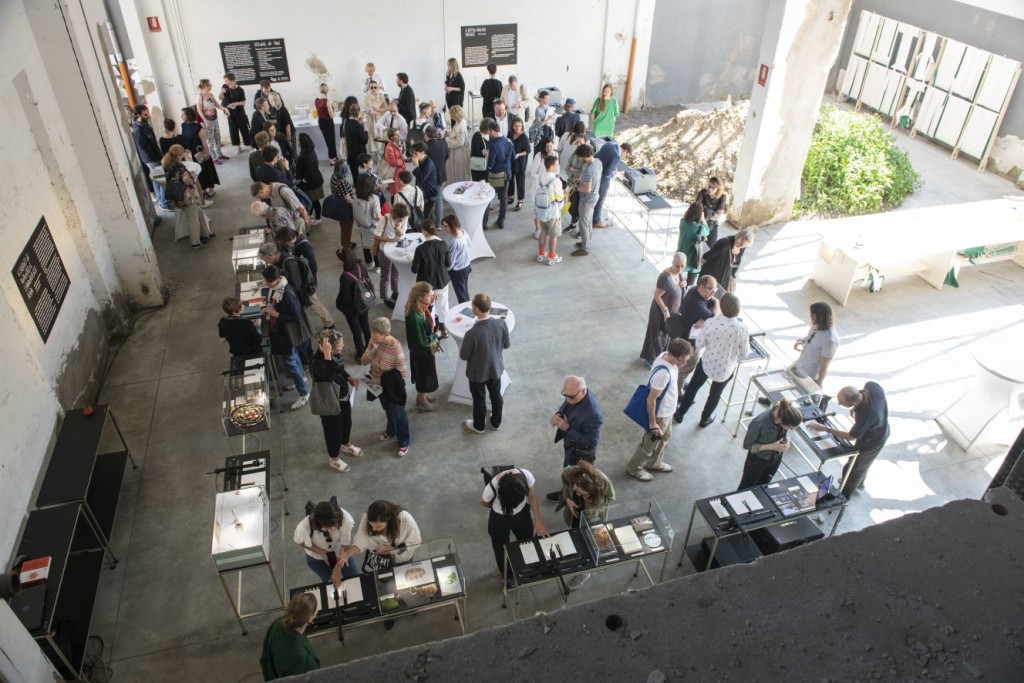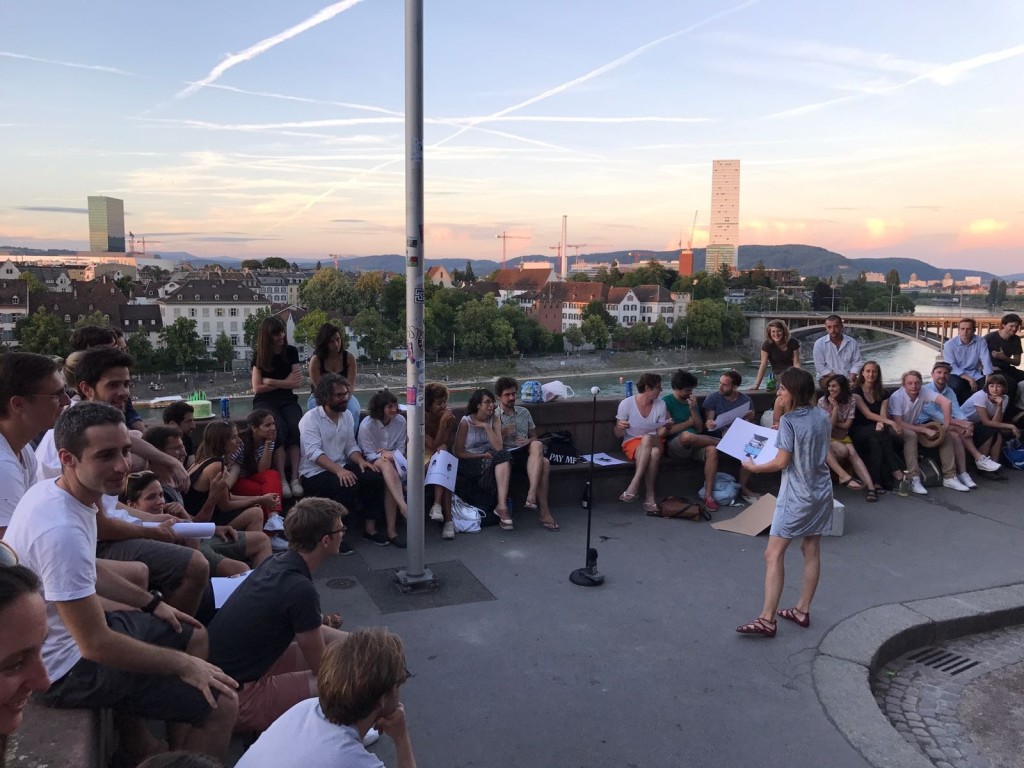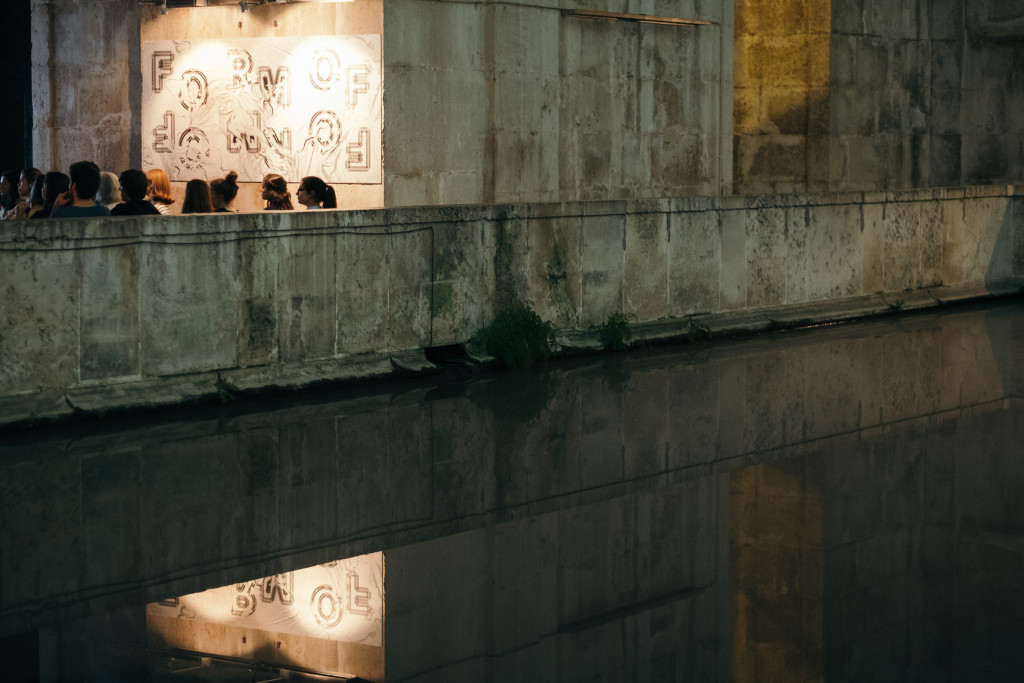
I’m thrilled to announce Archipelago: Architectures for the Multiverse, a 3-day hybrid format festival that seeks to interrogate and think through the present moment in contemporary architectural discourse. Taking take place 6-8 May 2021 in Geneva, it is jointly organized by the architecture schools HEAD and HEPIA, and it will be broadcast over the course of three days in a hybrid format combining live and online interventions.
Bringing together three disciplinary strands—architecture, interior architecture and landscape architecture—the festival seeks to offer a snapshot of the present moment, its intersections and overlaps. The three days of exchanges and reflection take place in a specially designed infrastructure at the heart of the Cube, a multifunctional space at HEAD that will double as a broadcast studio for the event. Manifesting in a variety of formats, from intimate conversations to performative interventions, and complemented by masterclasses, films and offsite projects, Archipelago creates multiple entry points for a discussion around contemporary architecture’s lines of inquiry.
We will announce the program soon – meanwhile, you can follow us on Instagram or register to get the latest news on the program and schedule!





 View of the Design as Learning: Re-edit room at Fiction Practice: Young Curator’s Lab. Photo courtesy Porto Design Biennale.
View of the Design as Learning: Re-edit room at Fiction Practice: Young Curator’s Lab. Photo courtesy Porto Design Biennale. View of the Design as Learning: Re-edit room at Fiction Practice: Young Curator’s Lab. Photo courtesy Porto Design Biennale.
View of the Design as Learning: Re-edit room at Fiction Practice: Young Curator’s Lab. Photo courtesy Porto Design Biennale. On the steps of Wasserpalais at Schloss Pillnitz, Museum of Decorative Arts Dresden. Photo by Klemens Renner.
On the steps of Wasserpalais at Schloss Pillnitz, Museum of Decorative Arts Dresden. Photo by Klemens Renner.








 Presenting at TEOK #40 – Founders. Photo Nicolás Miranda Turu.
Presenting at TEOK #40 – Founders. Photo Nicolás Miranda Turu. View of the panel discussion at the 7th UABB in Nantou Old Town, Shenzhen.
View of the panel discussion at the 7th UABB in Nantou Old Town, Shenzhen.






